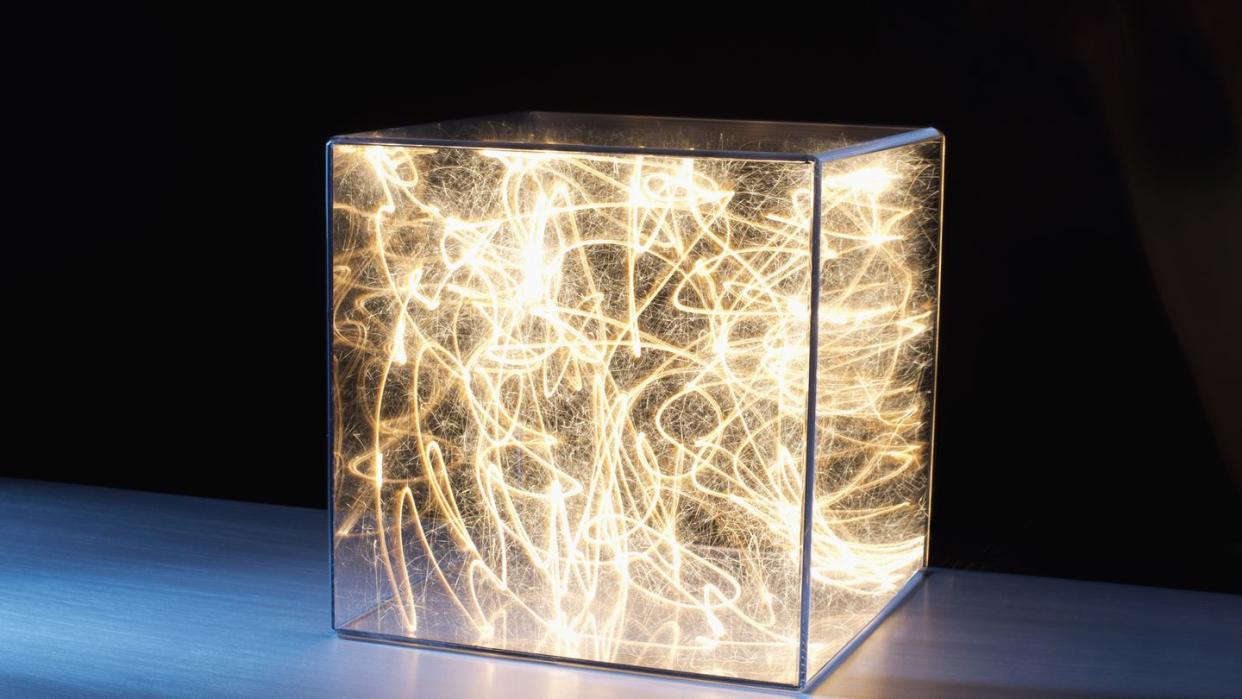Earth Has a Third Form of Life—and It Could Change How We Generate Power

Earth’s immense web of life fill three broad domains—archaea, bacteria, and eukarya.
Scientists from Monash University recently discovered hydrogen-producing enzymes in archaea, which were thought to only exist in the other two orders.
These archaea enzymes, known as hydrogenases, are smaller and more complex than those found in the other two domains, and could help biotech firms develop better, more efficient hydrogen energy systems.
Earth is home to an estimated 8.7 million species, only a fraction of which have been scientifically identified. However, despite this vast, disparate tree of life, every living thing falls into one of three large categories, or “domains”—archaea, bacteria, and eukarya.
All of the usual stuff we think of as “life”—things like trees, fungi, and animals—are eukaryotes, meaning that their cells contain a nucleus and other membrane-bound organelles. Archaea and bacteria, on the other hand, are prokaryotic, meaning they don’t contain such structures. While these two other domains might look similar under a microscope, there is a long list of differences that make archaea as different from bacteria as they are from humans.
Since the discovery of archaea in the late 1970s, scientists have believed that one difference between this third domain and other forms of life is that these organisms didn’t produce hydrogen-using enzymes known as “hydrogenases.” However, a new study published this week in the journal Cell says that not only is this not true, but in fact, archaea have been consuming and producing hydrogen for two billion years—a process that has allowed them to live in some of the most hostile locales on Earth.
Understanding this process can also help illuminate how all other life came to be—the leading biological theory suggests that the first eukaryotes formed when an ancient species of archaea merged with a bacteria cell (a.k.a. endosymbiosis) via hydrogen-gas exchange.
“Humans have only recently begun to think about using hydrogen as a source of energy, but archaea have been doing it for a billion years,” Bob Leung, a co-author of the study, said in a press statement. “Our finding brings us a step closer to understanding how this crucial process gave rise to all eukaryotes, including humans.”
In the study, the research team looked at the genomes of thousands of archaea, found hydrogen-producing enzymes, and then created those enzymes in a lab for further study. What they noticed is that some of these archaea produced an enzyme known as [FeFe]-hydrogenase.
This goes against the idea that only the other two domains made use of these kinds of enzymes, and also highlights the fact that archaeal enzymes were both the smallest and most-complex form hydrogen-using enzymes found amongst the all three domains. This could have big implications as engineers continue exploring ways to use hydrogen as a green energy source.
“Industry currently uses precious chemical catalysts to use hydrogen. However, we know from nature that biological catalysts function can be highly efficient and resilient,” Chris Greening, the lead author of the study, said in a press release. “Can we use these to improve the way that we use hydrogen?”
Amazingly, uncovering a two billion-year-old process—related to the one of the least understood domains of life—could help illuminate a path toward a desperately needed, zero-emission future. While archaea can survive beyond boiling temperatures or freezing points, a lot of us eukaryotes need things to be a bit more mild.
You Might Also Like


